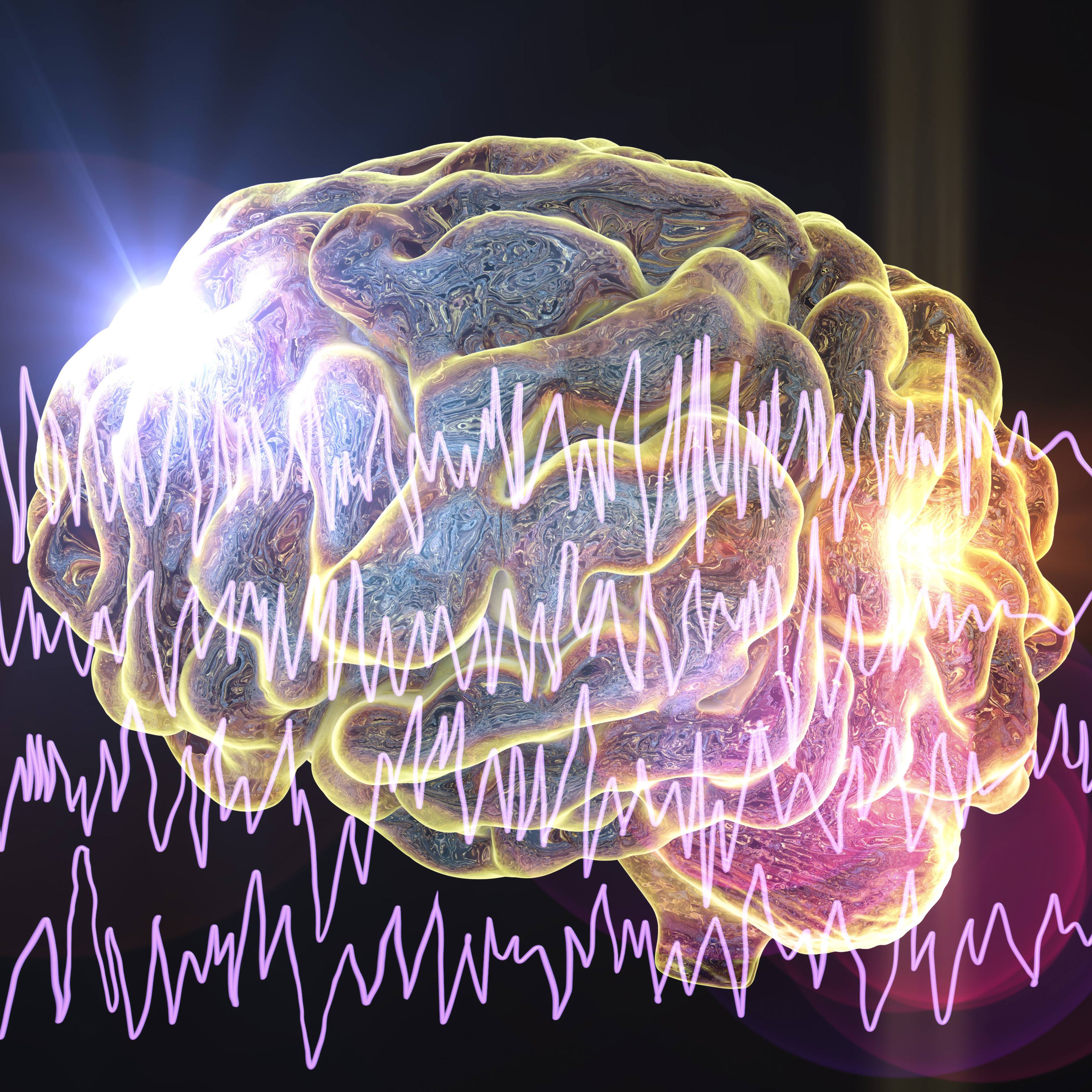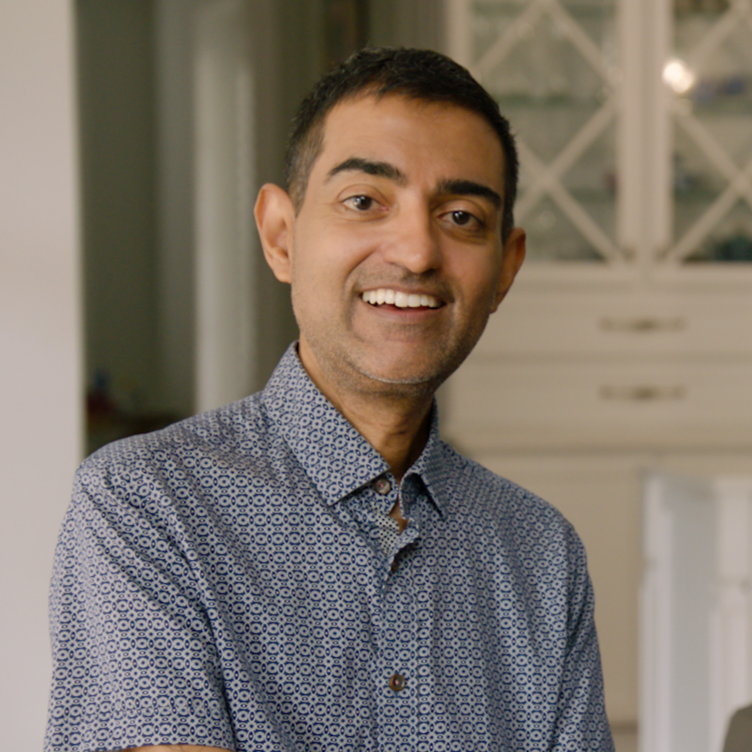World Stroke Day is Saturday, Oct 29. Stroke is the second-leading cause of death worldwide and affects almost 800,000 people in the U.S. annually.
A stroke can occur when the blood supply to part of your brain is interrupted or severely reduced, depriving brain tissue of oxygen. Within minutes, brain cells begin to die.
Watch: Florida mom reunites with ICU team after stroke
Journalists: Broadcast-quality video pkg (1:36) is in the downloads at the end of the post. Please courtesy: "Mayo Clinic News Network." Read the script.
"I called 911," Sophia Chan says. "And I don't recall any of that day."
She doesn't remember Feb. 24 or much of the following three weeks. An award-winning TV producer, wife and mom of two felt a sudden and severe headache — then lost consciousness in her Northeast Florida home.
Sophia was transported to Mayo Clinic, where physicians discovered she'd had a hemorrhagic stroke — bleeding in her brain caused by aneurysm.
"There are several times where I think my prognosis wasn't good, that they didn't think I was going to make it," she says. "The fact that they worked and continued as a team to keep me alive and keep pushing forward and not giving up on me, then I'm just very thankful."
She spent 24 days in the hospital. A team of stroke specialists did all they could to keep her alive. Sophia's husband, Bobby Cullen, was by her side the entire time.
"Having my husband there talking to me and communicating with me, I think also kept me alive — to fight for, you know, to be here with my children and him, and to live our lives together."
Her recovery led her to take stock of her life, and it's why she returned to the unit months later, under her own power, to show her appreciation.
"For me, it's like full circle. It's to actually really meet these people that took care of me," Sophia says. "I hope to be around for a long time to thank them for saving my life."
Related articles:
- "Mayo Clinic Minute: What is a subarachnoid hemorrhage?"
- "Mayo Clinic Minute: How to reduce your stroke risk"
For the safety of its patients, staff and visitors, Mayo Clinic has strict masking policies in place. Anyone shown without a mask was recorded prior to COVID-19 or recorded in an area not designated for patient care, where social distancing and other safety protocols were followed.







